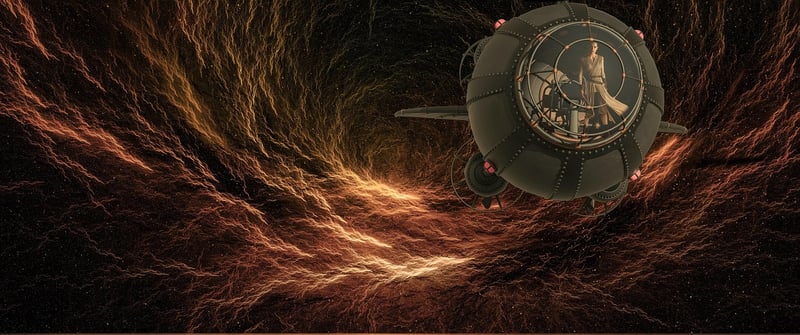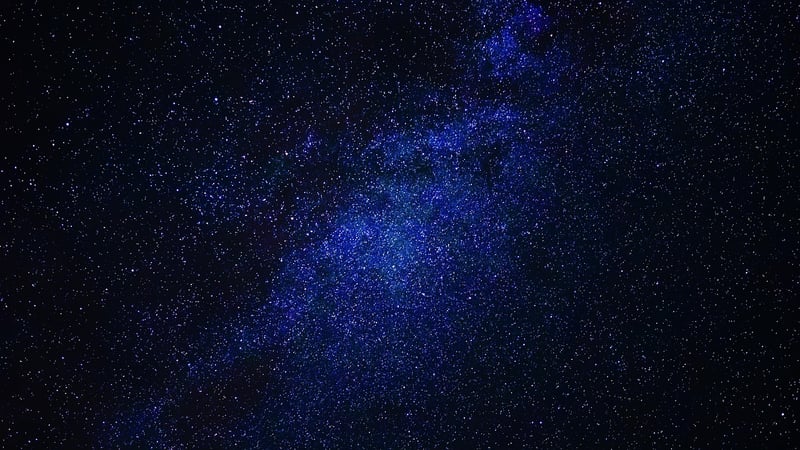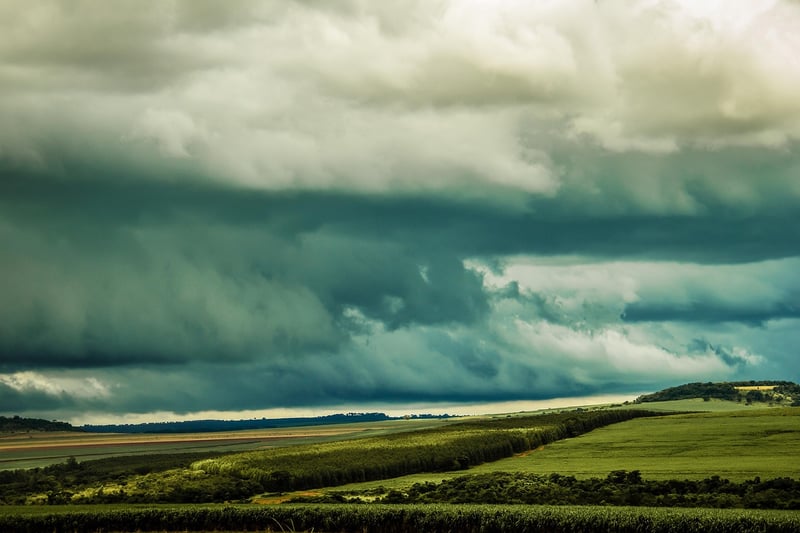Temporal Shifting
Navigating Time-Space and Temporal Shifting
Time-space and temporal shifting are intriguing concepts that have captured the imagination of many throughout history. Whether you are a science fiction enthusiast, a curious mind, or someone interested in the mysteries of the universe, exploring these ideas can be both fascinating and mind-bending.
Understanding Time-Space
Time-space, also known as spacetime, is a fundamental concept in physics that combines the three dimensions of space with the fourth dimension of time into a single four-dimensional continuum. According to the theory of relativity proposed by Albert Einstein, spacetime is not static but can be curved by the presence of mass and energy, influencing the flow of time.
What is Temporal Shifting?
Temporal shifting refers to the hypothetical ability to move through time in a non-linear fashion, transcending the conventional perception of time as a linear progression from past to present to future. While time travel remains a popular theme in science fiction, the scientific feasibility of temporal shifting remains a subject of debate among physicists.
Wormholes and Black Holes
One of the theoretical ways to achieve temporal shifting is through the concept of wormholes, hypothetical passages through spacetime that could create shortcuts for traversing vast distances or even time itself. Black holes, on the other hand, are regions of spacetime where gravity is so strong that nothing, not even light, can escape, leading to fascinating implications for time dilation and potential pathways for temporal manipulation.
Time Dilation and Relativity
Time dilation is a phenomenon predicted by the theory of relativity, where time appears to move slower in gravitational fields or at near-light speeds. This effect has been experimentally verified through various experiments and plays a crucial role in understanding the intricacies of time-space and the possibilities of temporal shifting.
Final Thoughts
While the concepts of time-space and temporal shifting may seem like science fiction, they continue to push the boundaries of our understanding of the universe and the nature of time itself. Whether these ideas will ever become a reality or remain in the realm of speculation, exploring them can spark curiosity and ignite the imagination.



For more information on these fascinating topics, you can explore resources from reputable sources such as NASA and Space.com.
